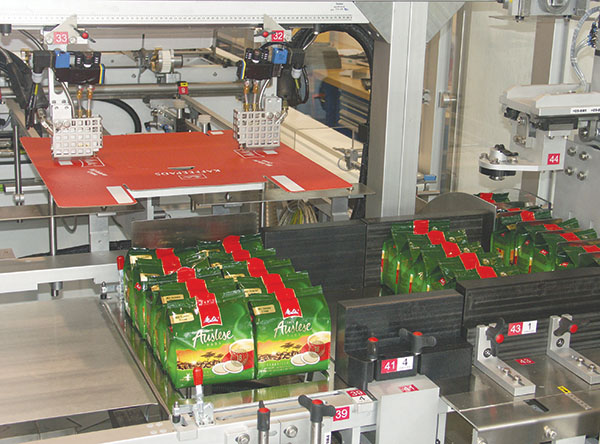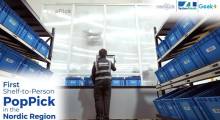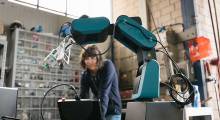With labor challenges extending from warehouse to retailer, American operators of brick-and-mortar storefronts are increasingly demanding retail-ready secondary packaging.
It’s an established trend in Europe, says Peter Fox, senior vice president of sales at Somic America, a global manufacturer of automated mechatronics for end-of-line packaging.
“Almost 80% of European retailers expect suppliers to deliver shelf-ready box or pouch products oriented in a specific way and packed in a tray with an easily removed cover,” Fox says. “That significantly reduces time spent stocking shelves. The other 20% still accept a corrugated wrap-around case.”
Further, in Europe there’s a trend for those secondary trays to be glossy paperboard printed with colorful, brand-related graphics and a point-of-sale message—as opposed to brown corrugated.
Currently in the United States, Fox notes the trend is reversed, with 80% of retailers still accepting corrugated secondary packaging and 20% asking for shelf-ready tray packs.
But, he expects that to change with the increasing stateside presence of European retailers—such as Aldi and Lidl who already prefer that format—and as American retailers like Walmart and Kroger realize the time savings that retail-ready packaging creates.
While U.S. consumer packaged goods (CPG) and food manufacturers have packaging lines that can easily accommodate wrap-around corrugated case packing, many contract the building of shelf-ready packs to co-packers who assemble them manually. “It’s extremely expensive to do this, plus it adds transportation costs,” Fox says.
“For that reason, Somic offers modular, end-of-line, automated packaging machines that can be configured to handle corrugated wrap-around packing as well as to create and pack multiple shelf-ready tray patterns,” he says, noting that changeover from one style to the other takes 10 to 20 minutes. The machines eliminate manual handling and can easily adapt to multiple pack patterns in either format.
“As more retailers shift to requiring shelf-ready packaging here in the United States, manufacturers with this system in place can easily accommodate both secondary packaging styles with one machine,” Fox adds. “It addresses labor shortages across the retail spectrum as well as future-proofs an operation.”
Article topics








